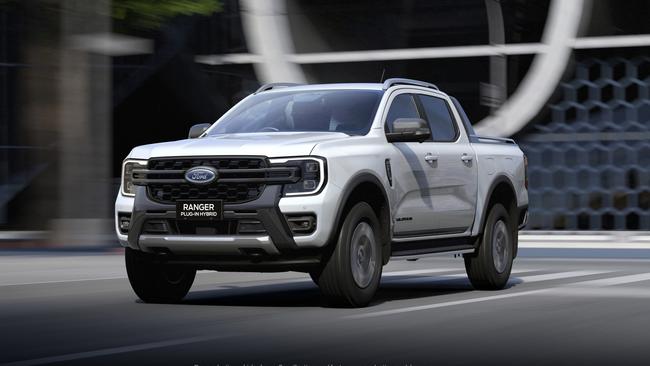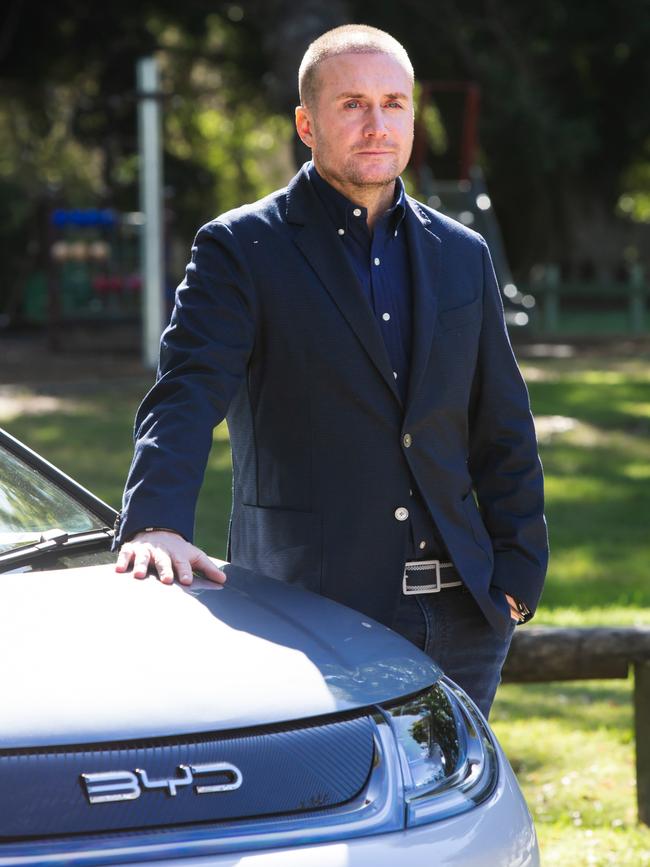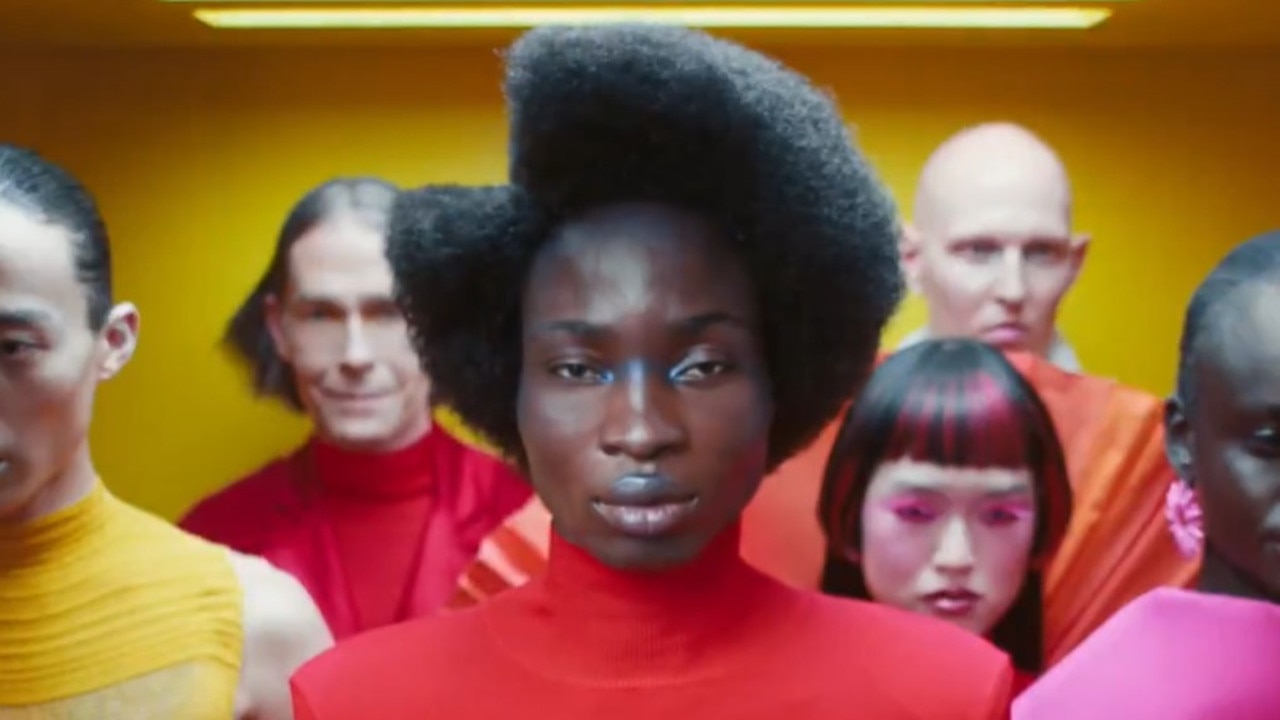All the electric and plug-in utes coming to Australia
Car makers are working overtime to bring in new tradie workhorses that’ll avoid being hit with big penalties from the government’s proposed emissions laws.

Motoring News
Don't miss out on the headlines from Motoring News. Followed categories will be added to My News.
Ute buyers will be spoiled for choice next year, as major car brands fast-track the production of electric spin offs to meet new emissions laws.
Ford, Kia and Hyundai are among the bigger-named labels with new electric utes in the pipeline, that will help them dodge penalties of up to $20,000 coming in under the Federal Government’s New Vehicle Emissions Scheme (NVES).
The legislation, being rolled out over next five years, is designed to penalise diesel sales and accelerate the move towards plug-in hybrids and fully-electric utes.
But consumers will need deep pockets, with EVs currently costing $10,000-$20,000 more than comparable petrol or diesel powered vehicles — and unlikely to come down in price for several years.

Chinese car maker BYD has confirmed it will sell a plug-in hybrid ute from late this year.
BYD’s Australian importer Luke Todd said this will be followed by a fully electric ute likely in 2025.
“It is possibly the most exciting vehicle to come to Australia. It is everything you’d want in a ute and pick-up,” Mr Todd said.

Ford has locked in 2025 for the arrival of a plug-in hybrid version of the Ranger – Australia’s best selling vehicle in 2023.
A full electric version is likely in the following years as Ford designed the Ranger platform to be able to accommodate full electric power.
The brand is likely to be one of the hardest hit by the emissions penalties as its Ranger ute – and Everest wagon spin-off – make up close to 90 per cent of its sales.

Any electric ute it builds will face tough competition from Korean brands Kia and Hyundai.
Kia’s new Tasman ute is due to land in Australia in 2025. Initially it’ll be available with a smaller four-cylinder diesel engine but a plug-in hybrid and fully electric version will follow.
Kia Australia head of product planning Roland Rivero said the brand would be able to negotiate harder with head office to gain more economical products with firm emissions standards in place.
Meanwhile, Hyundai has just trademarked the names Ioniq T10 and Ioniq T7 in Australia.
The Ioniq T10 is believed to be an electric ute sized between the Ford Ranger and F-150 pick-up while the Ioniq T7 is rumoured to be a smaller car-based electric ute, similar to Holden Commodore and Ford Falcon utes of the past.
Toyota is also working on an electric ute. The Japanese giant debuted its electric HiLux concept last year and it was in Australia for local evaluation testing.

The vast majority of Australia’s top-selling utes come from Thailand, which recently announced it wants to convert 30 per cent of its annual vehicle production to electric vehicles by 2030.
Modelling done by the Federal Chamber of Automotive Industries (FCAI) claimed a Ford Ranger in its current form would be slugged with a $17,950 penalty in 2029. The government hotly disputes the modelling.
Head of the FCAI Tony Weber said the legislation gave consumers two choices: either pay more for an expensive electric ute or opt for a diesel ute that will be more expensive because of fines.
“Either way the outcome is to be more expensive to the consumer,” Mr Weber said.
All utes are free of Fringe Benefits Tax, which means businesses that buy them can claw back some money through novated leases.
The NVES is modelled on the US’s vehicle emissions targets but slow demand in the US for electric vehicles, in particular electric utes such as the F150 Lightning, has caused President Biden to pull back on the country’s ambitious electric vehicle sales target.
More Coverage
Originally published as All the electric and plug-in utes coming to Australia




